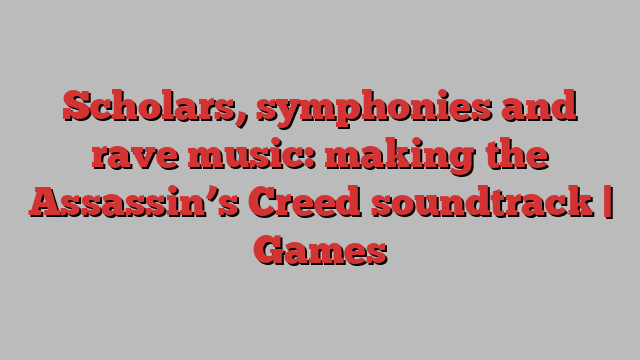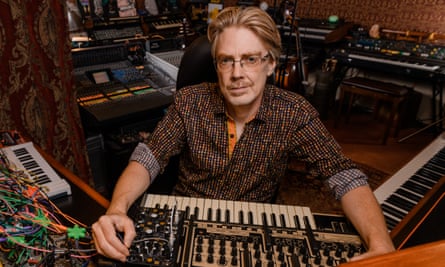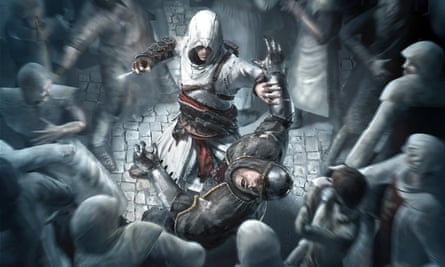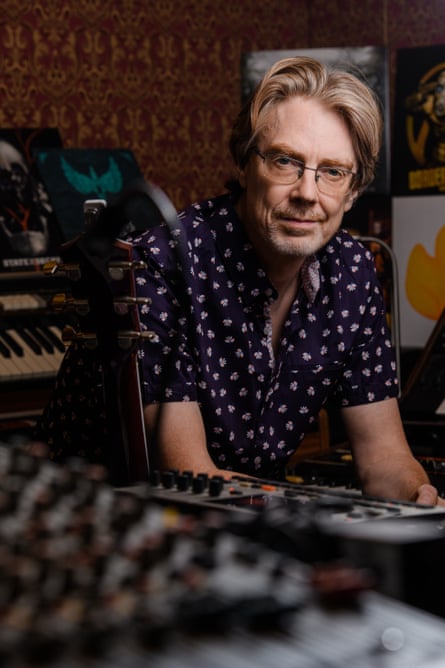
Ubisoft knew Assassin’s Creed was going to be huge. Over its three years of development, the game went from a Prince of Persia spin-off curio to the gem in the publisher’s forthcoming games list. It became the talk of the industry in 2006 after a well-constructed trailer teased at the imaginations of gamers and history fanatics alike. Intrigued by the promise of a game set during the Third Crusade in the Holy Land in 1191 – with some mysterious sci-fi elements projected over the top – we all waited with bated breath for this historical action experiment to land in late 2007.
The publisher needed the best people it could get on the project. The high-profile appointment of producer Jade Raymond made headlines and by the time Assassin’s Creed was nearing completion, Ubisoft had committed more than 150 staff to make sure the finished product was as polished and impressive as it could be. But as the development team swelled and the Holy Land started to take shape, there was just one man working on the soundtrack: Jesper Kyd.
“Assassin’s Creed needed more than an orchestral score,” he says. “We knew that from the beginning.” Ubisoft approached Jesper with three key words that they wanted him to hit when making music for the game: war, strategy, mysticism.

“I had to fit into the philosophy of the development team, but I didn’t do 33% war, 33% strategy and 33% mysticism – I just went all in on the mysticism,” he laughs. “I thought that would be something that people would react to; the game was already really mysterious, steeped in the history and intrigue of the time period. It made sense to lean into that.”
For Kyd, scoring Assassin’s Creed was far from simple. As well as era-specific music that would fit into cities such as Acre, Jerusalem and Damascus, he also had to introduce more electronic sound – because Assassin’s Creed isn’t just historical fiction but sci-fi, too. “In the beginning, there was talk about hiring multiple composers because Ubisoft didn’t really feel that any one composer could pull this off,” Kyd reveals. “The developers found, in me, someone that could do all of it.
In the beginning, there was talk about hiring multiple composers because Ubisoft didn’t really feel that any one composer could pull this off… They found, in me, someone that could do all of it
“I showed a range, being able to do electronic music and symphonic music really comfortably. I think a lot of composers are in one of those two camps; they specialise in orchestral music, and they do OK in electronic music – or they specialise in electronic music and they do OK in orchestral music. I think I specialise in both.”
The historically inspired music was easier to put together: Kyd would have an idea, and consult with a professor of ethnomusicology from UCLA – AJ Racy – before bringing it all to life with era-accurate instruments and melodies. “[Racy] brought so many awesome instruments and performances that gave Assassin’s Creed that authenticity: oud guitar, ney flutes, all kinds of percussion, with tabla and doumbek,” Kyd lists. “And he did some great snake charmer performances, too! He brought a really interesting realistic sound to that time period.”

But the developers needed more. They needed a way to show players that this game was all a simulation; that the story we were acting out was told via memories stored deep in the protagonist’s DNA. We needed subtle – but constant – reminders that this land, these characters, this murderous conspiracy, were not quite what they seemed.
“It was one of the most difficult games I’ve ever worked on,” says Kyd. “What was hard was figuring out the Animus and how that was going to influence the music.” The Animus is the time machine-like DNA sequencer at the centre of Assassin’s Creed’s science-fiction storyline, the link between its historical and futuristic sensibilities. “We needed to figure out how the Animus would affect all the live recordings that we had in the game – it’s basically the whole reason the game exists, this Animus. You can’t go back in time without it.”

So Ubisoft leant on Kyd’s background, his taste for more modern music and recording techniques that would stand apart from the more traditional score. “I grew up with electronic music and rave culture. That was a big part of what influenced me, and I think you can hear that [in Assassin’s Creed].”
Kyd and the sound team processed and filtered live recordings to generate this glitchiness, this digital fuzz, that rises in your ears like blood as the action becomes more intense. “When we run across the rooftops or crawl up buildings, when we’re being chased – that’s when the music is the most electronic,” he grins. “That’s what the team wanted; for the game to sound like the Animus is being pushed to the limit in these moments.”
That’s why there’s screen-tearing when you’re being chased, all this intentional aberration and artifacting encroaching on your eyes and ears as guards or Templars close in on you from all sides. “All those electronic beats, coming in at the peak of the chase … we worked on that for ever, until we got it to a really interesting place where it was just teeming with personality.”
The result is a soundtrack that works in sync with the rest of the game to match the ebb and flow of the story and the action. It supports our immersion in the dense, historical playground of this digital Holy Land, before wrestling you back to the present as the machine you’re inside struggles to keep up with the brimming chaos. It represents a double helix of art and technology, intersecting and diverging in rhythm – and became part of the DNA of the entire Assassin’s Creed franchise.